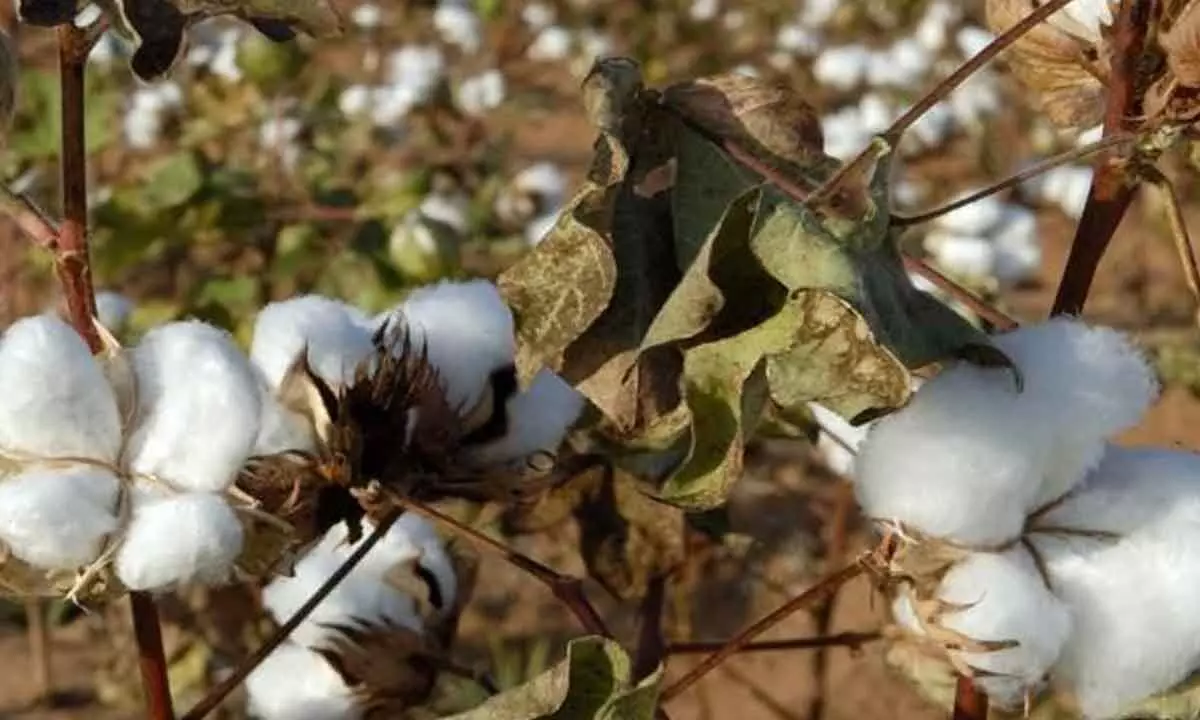‘Cotton growth story in TS hinges on innovations’
image for illustrative purpose

International cotton expert and Vice President of Agricultural & Environmental Research at Cotton Incorporated, US, Dr Kater Hake, and Dr M Ramasami, Chairman of Rasi Seeds said that Telangana’s cotton fields hold tremendous potential and its farmers lead the country by displaying remarkable resilience. They suggested that to push the productivity gains of the State, and ensure cotton growers continue their strides, High Density Planting System (HDPS) should be replicated on a wide scale.
As the third-largest cotton producer in India, following Gujarat and Maharashtra, and the second-largest in South India, Telangana is setting its sights on leveraging its latent strength. With HDPS, the density of cotton plant populations is significantly increased, potentially quadrupling the number to 26,000 plants per acre. This innovative approach holds the potential to escalate both cotton production and overall productivity by an estimated 30-40 per cent, marking a substantial increase from the current lint yield of 450 kg/ha to a promising 750 kg/ha.
Dr Ramasami underlined the significance of HDPS in revolutionising the State’s cotton industry. “Empowering farmers is our goal. HDPS, optimizing plant density and land use, paves the way for greater cotton productivity,” he affirmed highlighting why this is critical now.
Despite the world’s biggest acreage of cotton, India’s global rank in productivity languishes at a modest 44th place. Factors such as shifting weather patterns, pest challenges, and the slow adoption of advanced technologies have hindered growth, resulting in a plateau in productivity over the last 5-7 years. This stagnation impacts over 6.5 million cotton farmers and the textile industry, which employs a staggering 45 million individuals.

